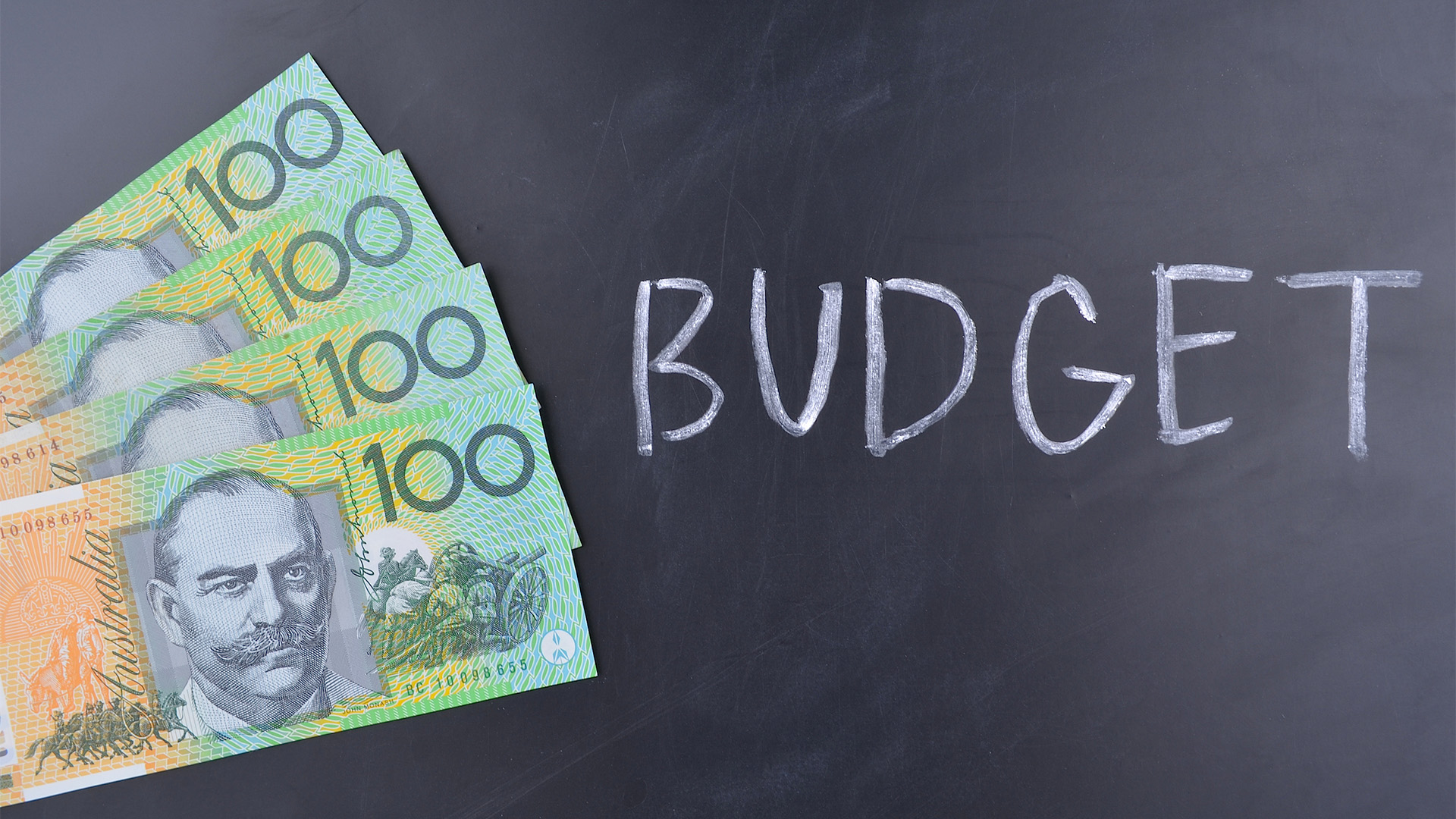Treasurer Jim Chalmers presented his third consecutive budget on Tuesday night, marking a significant milestone with a back-to-back surplus of $9.3 billion – a feat not seen in almost two decades.
Amidst promises of nationwide cost of living measures, concerns linger over the potential inflationary impacts and the looming threat of interest rate rises.
Here's a breakdown of what the budget entails and the ensuing reactions:
Budget Highlights
Chalmers pledged to introduce nationwide cost of living measures in the budget, aiming to alleviate financial burdens on Australians. Notable measures include:
- A $300 energy rebate for every household from July 1, alongside additional relief for one million small businesses.
- Significant investments in Medicare and cheaper medicines, with a freeze on the maximum cost of PBS prescriptions for all.
- A substantial increase in Commonwealth Rent Assistance, aiming to ease housing affordability challenges.
- Reforms to the Higher Education Contribution Scheme (HECS) to alleviate student loan pressures.
Economic Concerns and Reactions
Despite the surplus, concerns over inflation and interest rate rises have surfaced:
- Economists like Professor Steven Hamilton have warned against the potential inflationary impact of the budget's stimulus measures, raising fears of interest rate hikes.
- Shadow Treasurer Angus Taylor criticized the budget as "inflationary," cautioning against the disproportionate growth in spending compared to the economy's expansion.
- Opposition voices have questioned the allocation of the $300 energy rebate to wealthier Australians, citing the need for targeted assistance to those most in need.
Future Outlook
Looking ahead, the budget's efficacy in addressing cost of living challenges while curbing inflationary pressures remains uncertain. The government's ambitious agenda, including the "Future Made in Australia" package, aims to reshape key industries and foster economic resilience amidst global uncertainties.














